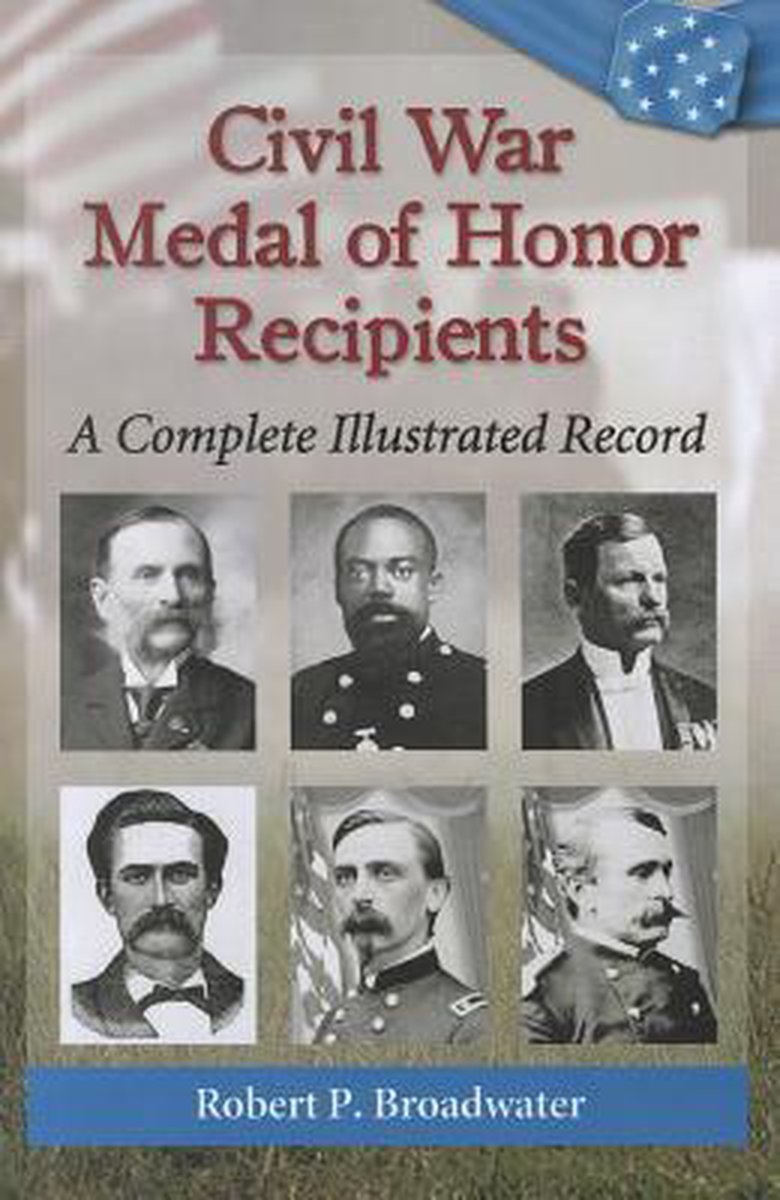

Little more than a bloody stalemate between generals who lacked significant military experience, the battle nevertheless decisively ended Union hopes of regaining Florida. One of the bloodiest battles of the war with inordinately high casualties (171/2 percent for the Confederates, 35 percent for the Union), this conflict took place in February 1864 between troops commanded by Union General Truman Seymour and Confederate General Joseph Finegan. The main focus of the work is the Battle of Olustee, or Ocean Pond, as it was known in the South. From the legislature to the battlefield, it details maneuvers military and political that went into the Florida campaign.

Compiled from primary sources such as diaries and journals, this work tells the story of the failed Union attempt to wrest control of eastern and central Florida away from the Confederacy. Thus the Union launched a last-minute endeavor to regain control of Florida, an effort that culminated in the Battle of Olustee. Bringing a reconstructed Florida back into the Union, with delegates who he hoped would be friendly to the Republican cause, seemed to be an ideal solution. President Lincoln, soon to be seeking re-election and facing immense dissatisfaction due to the course which the war had taken, was desperately seeking some method of remedying his political situation. For the struggling Confederacy, Florida had become a crucial source of supplies, most especially for the troops in Savannah and Charleston. By the end of 1863, this position had changed dramatically. When the Civil War began in 1861, Florida-although the third state to secede from the Union-was of little strategic importance to North or South.


 0 kommentar(er)
0 kommentar(er)
